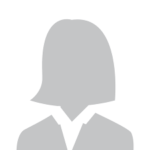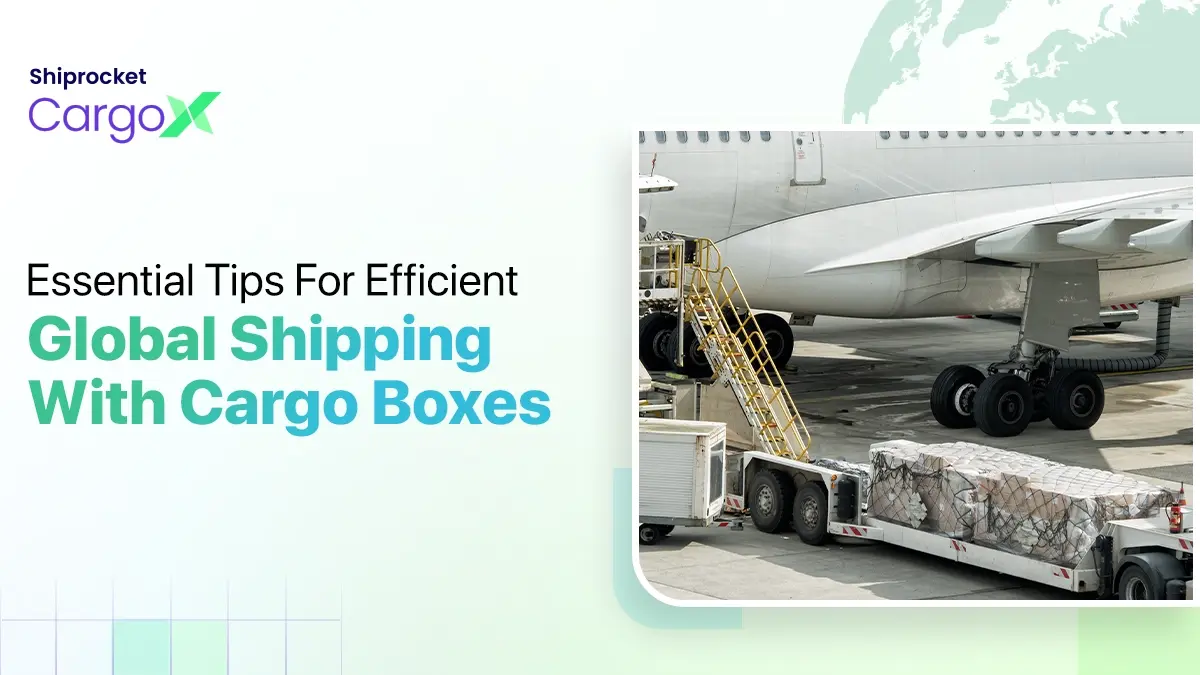ETA in Shipping: Importance Unveiled
Understanding when your shipped parcels reach their destination is a key component of the logistics process. That time is termed the Estimated Time of Arrival (ETA). This probable deadline allows businesses to organize their logistics operations and plans.
To streamline your logistics activities, getting familiar with different logistics events is important. All eCommerce businesses must be aware of time indicators, such as ETA in shipping. Estimated Time of Delivery (ETD), Actual Time of Arrival (ATA), Actual Time of Departure (ATD), etc., are some other most important time parameters in shipping.

Shipping companies, logistics agents, and freight forwarders use these terms to organize and forecast the progress and timeline of a specific shipment.
Let’s dive into what ETA in shipping is, its significance in logistics, and solutions to overcome challenges posed by ETA.
What is ETA in Shipping?
Estimated Time of Arrival (ETA) is a time-specific term. It refers to the estimated time and date for when the parcel will reach its final destination. This calculated time is crucial to the structuring and organizing needs of both the buyer and the seller. This critical information is provided after forecasting by the freight forwarder or carrier. It is determined through the analysis of different factors like the current location of the vessel, the estimated speed at which the carrier will travel, weather and other environmental conditions, congestion in the arrival location, and clearance from customs and other authorities.
Let us consider an example: if a carrier leaves the port of Maharashtra on the 3rd of January and the ETA forecasted for the destination port is around the 18th of January, then the carrier vessel is expected in Punjab approximately around the 18th of January.
Significance in Logistics
The time frame or estimated time of arrival (ETA) plays a vital role in planning further proceedings by the consignor and the consignee. It allows them to coordinate the procedures starting from the parcel’s arrival with the other parties that are included in this process. ETA also entails the time required by the freight forwarders as well as the customs authorities and brokers. Even the smallest delays in the ETA can impact the delivery schedules, causing complications to both the sender and receiver.
What is the Newly Introduced Predictive ETA?
The recent improvements seen in existing technology, as well as the implementation of new ideas, have created predictive ETA in addition to the conventional ETA. It uses real-time data combined with predictive analytic technology to give a more precise estimate of the arrival time of a specific shipment.
Predictive ETA considers more variables and thus requires more data while estimating the approximate arrival time. It includes factors like geography, climatic conditions, route taken, traffic congestion, arrival port congestion, terminal delays, etc., to determine the estimated time.
Let us consider that a vessel that is being shipped from the port of Maharashtra on the 3rd of January is expected in Punjab by the 18th of January. If it gets caught in a hail storm, the cargo will arrive in Punjab on the 23rd of January. With this as the foundation, predictive ETA is updated, and the expected time of arrival will also be amended.
Significance in Logistics
The idea behind predictive ETA is to improve the accuracy in determining the overall time of shipping and approximate delivery date to its final destination. Predictive ETA poses an advantage to both the consignor and the consignee. It allows them to create more accurate plans thus not requiring a large number of amendments to their original timelines. While ETA is conventional, predictive ETA relies on real-time data. Thus, delays and other challenges can easily be avoided.
Challenges Posed by ETA
Delivering a shipment in time is quite a big challenge. It is affected and influenced by several factors and the ETA is dependent on all of these. Any changes in the ETA affect both the sender and receiver. The different challenges they face include:
- Congestion of traffic: Most deliveries done specifically by eCommerce businesses are in urban areas. Traffic in such areas is inevitable and these can cause significant delivery delays. It impacts customer satisfaction and brand value.
- Lack of clarity in delivery addresses: Customers often do not provide clarity in the delivery addresses, causing incorrect deliveries and delays. Inaccurate information makes it harder and can cost the transportation agent more. This impacts the operational costs as well as the reputation of the delivery partner.
- Sorting of parcels through manual labor: Delivery partners in most warehouses sort the packages based on different criteria. These can be size, location, vehicle size, route, etc. The ETA can be affected if your delivery agent’s morale is hit due to overworking in the warehouse, leading to greater time spent on the job.
- Environmental factors: Weather conditions determine the efficiency of delivery. Erratic weather changes like thunder, storms, rain, snow, etc., can affect the ETA adversely. Airports, seaports, roads, etc., can be closed causing delays in delivery.
- Complications due to captive, outsourced, and contracted fleets: Most businesses outsource their transportation and logistics processes to other companies. When such outsourcing is done, it can be a challenge for eCommerce businesses and retailers to accommodate on-demand orders as fleet management systems do not have the capacity for advanced automation.
Strategies to Overcome the ETA Challenges
The challenges encountered with ETA can be overcome substantially by the following strategies:
- Route optimization and management: You can choose the optimum route to ensure on-time deliveries with the use of several powerful route optimization tools available today. These solutions have built-in algorithms that consider real-time issues including road closures, traffic congestion, etc. Hence, the best route can be chosen for quicker deliveries.
- Package sorting automation: For carriers and 3PL agencies, ETA is the main source of stress. But if they sort their processes, they can cut down their delivery time by more than half. It will also help them reduce their last-mile delivery costs. When they tackle these duties using automated approaches, they can also work more precisely.
- Management systems: Improving communication and fostering openness are always enormous tasks. By using effective management techniques, you may overcome this obstacle. By integrating your dispatch management system with your automated expectation management system, you may alert customers about delays and other information more quickly. This improves your brand’s transparency and reputation.
- Fleet control: A good fleet management system enables you to streamline your captive fleet. This can aid in shipping your parcels through a vast and complicated network. It will also allow you to renew contracts, and get real-time updates, quotes, audits, etc.
- Location geocoder: Incorrect delivery addresses can be tricky and these can be determined more precisely with the use of smart geocoders. These are capable of transforming an address into its exact latitude and longitude coordinates, thus enabling delivery agents to deliver the parcels on time.
Conclusion
Communication about delivery times is always tricky. This is because the factors during the time of commitment and the actual delivery can be extremely dynamic. This makes it difficult to predict when a package will arrive at its destination. The determination of the approximate time at which a package would arrive at its destination is known as the Estimated Time of Arrival or simply ETA. Improving efficiency is the primary goal of ETA as it is designed to help the seller and the client plan in an easy, transparent, and predictable manner. Both the seller and the consumer are equally impacted by variations in the ETA. It offers a proactive way to get in touch with all the relevant stakeholders, including the seller, buyer, logistics partners, etc. It lowers costs associated with delays while facilitating rapid and effective planning. In doing so, ETA also contributes to increasing brand value and boosting customer happiness.
ETA in shipping is the estimated time of arrival and ETD is the estimated time of departure. ETA means the time when the shipment will reach the destination port or terminal and ETD means the time when the shipment will depart from the origin port. ETD can also mean the estimated time of delivery.
There are a lot of factors that will impact ETA in shipping. These are the distance between places of origin and destination, mode of delivery, speed of the vehicle/vessel, frequency, and duration of intermediate stops, weather conditions, refueling time, traffic, etc.
The actual time of arrival (ATA) is the actual time when the shipment will arrive at the destination port. The actual time of departure (ATD) is the actual time when the shipment will depart from the point of origin.






